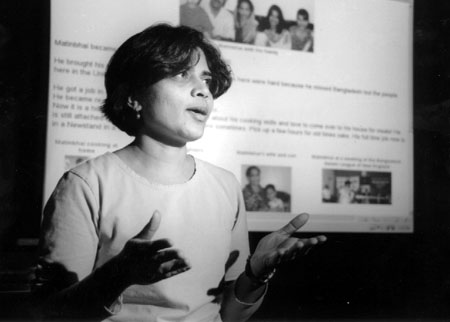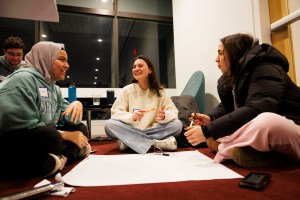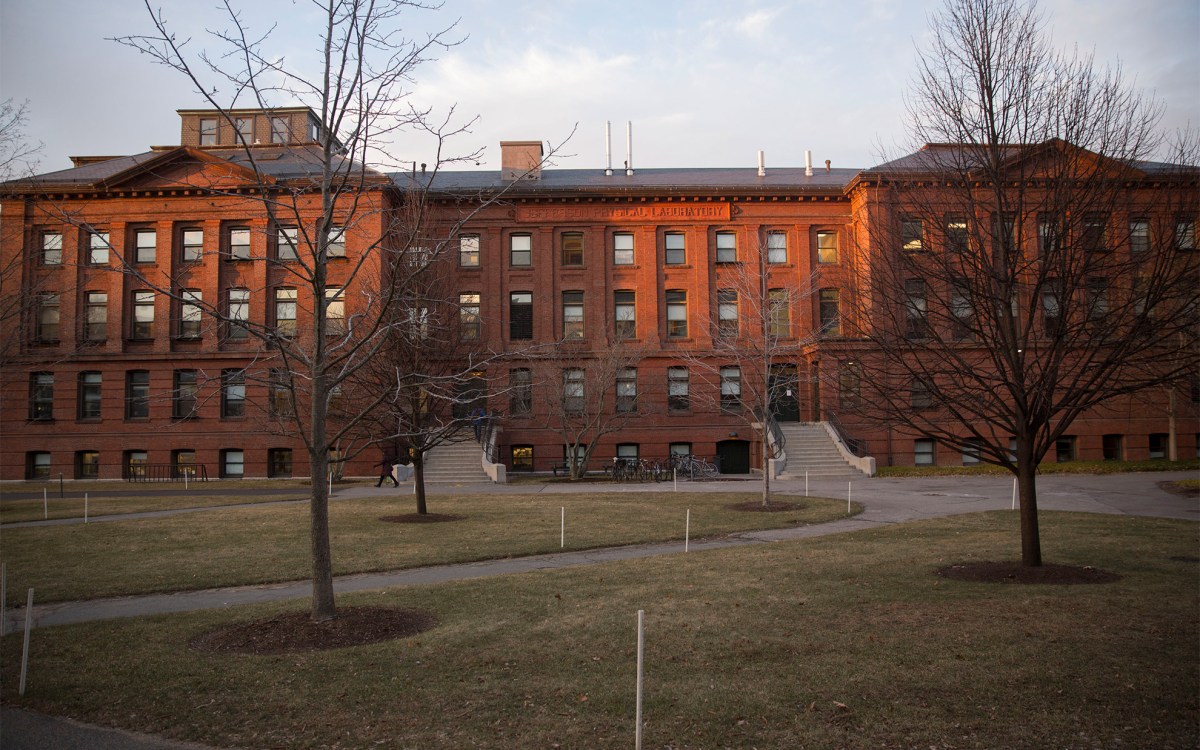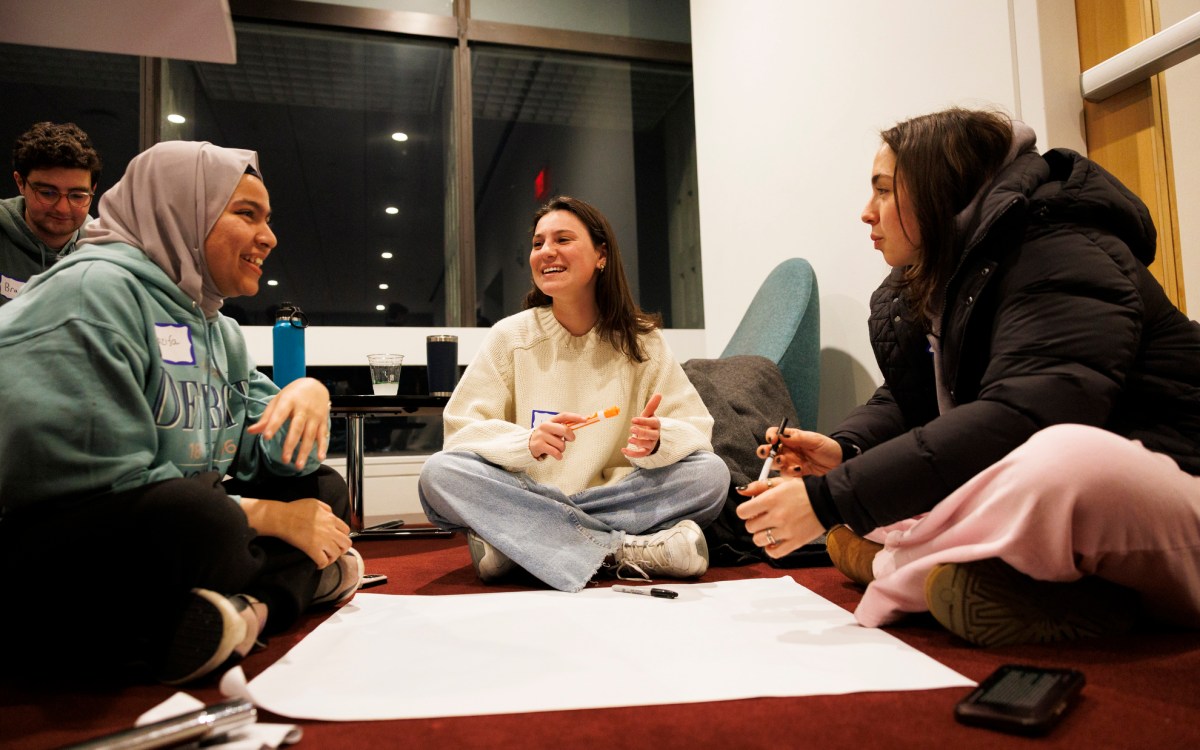Teaching for Empathy

Many Harvard students look at Mohammed Rehman every day, but they don’t really see him. They may exchange a couple of dollars with him as they buy their morning paper at the Out of Town News stand in Harvard Square. But to truly see Mohammed Rehman, one must understand the country he left, his long and difficult journey to the United States, and the reason he’s become a community leader here.
“We should try to see people in all their dimensions. All people have rich lives, and we need to recognize this,” says Krina Patel, a student in the Technology in Education program at HGSE, who recently got to know Rehman as part of her master’s research. “How many new immigrants do we walk by every day without a second thought as to where these people came from or what they are about.”
Immigrants, who account for 10 percent of the U.S. population, often begin their lives here in menial, almost “invisible” jobs, says Patel. Before they get citizenship, immigrants can’t vote, so they are often politically invisible as well.
Patel left a job teaching art to disabled students in Ahmedabad, India, in 1991 to move to New York City. There, she recognized that immigrants’ stories could become powerful instructors. She designed Woven Lives, a 12-week Web-based companion curriculum to a history or social studies course, in which middle-school students create web sites about new immigrants. Patel plans to pilot test the course in New York City private schools next fall.
The Woven Lives site (see the prototype at http://gseweb.harvard.edu/~ patelkr/wovenlives) challenges students to interview immigrants in their communities and construct multimedia profiles of them. In doing so, students research geography, culture, immigration policy, and the history of both foreign countries and the United States; they learn how these factors have played out in their subjects’ lives.
Patel built the course around a teaching model called Teaching for Understanding, developed by several HGSE professors, which emphasizes students’ ability to think critically and apply new knowledge. Through Woven Lives, Patel not only leads students to learn and use facts about immigration, she helps them see the often invisible face of immigrants’ humanity. Patel likes to say she’s “teaching for empathy.”
Teaching for empathy has a practical purpose. “When these students graduate from school, they are going to be working in a world that is full of different cultures. We must prepare our students for that,” Patel says.
To provide future students with an example, Patel interviewed Mohammed Rehman. She discovered that he immigrated from Bangladesh in 1983, and then she learned about Bangladeshi history, culture, and geography to write the text for her site. But more importantly, she says, she became a witness to an individual’s life, his family, his community, his dreams-and she developed tremendous compassion for someone she hadn’t really noticed before.




